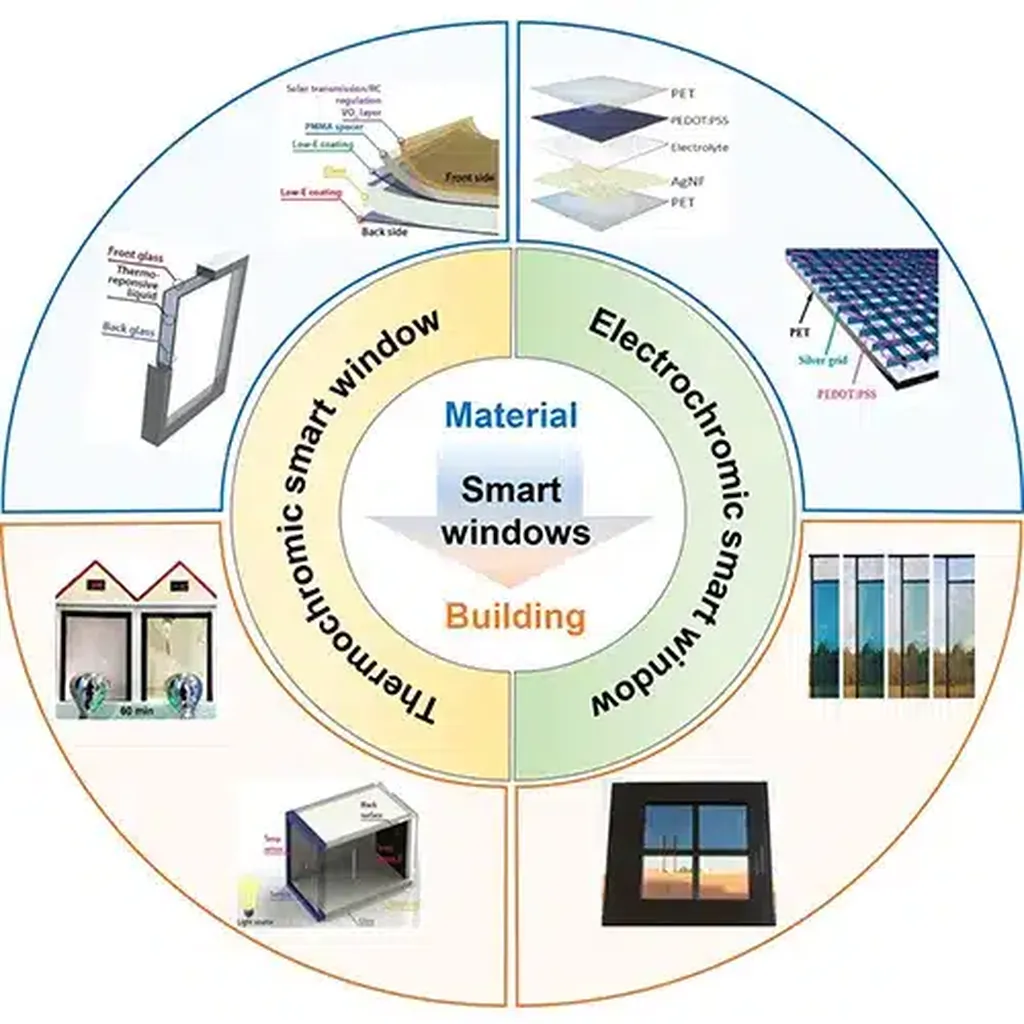In the ever-evolving landscape of construction and energy efficiency, a groundbreaking review published in *Next Materials* (which translates to *Next Materials* in English) is set to redefine how we think about building envelopes. Led by Salim Barbhuiya of the University of East London, the research delves into the transformative potential of smart materials and sustainable technologies, offering a glimpse into the future of energy-efficient and climate-responsive architecture.
Building envelopes, the outer layers of a building that separate the interior from the exterior environment, are critical in regulating energy consumption and comfort. Traditional materials, while functional, often fall short in adapting to dynamic environmental conditions. Barbhuiya’s review highlights a shift towards advanced materials that can dynamically respond to changes in temperature, light, and other environmental factors. “The integration of smart materials like thermochromic and electrochromic systems allows buildings to adapt in real-time, significantly enhancing energy efficiency and occupant comfort,” Barbhuiya explains.
One of the most compelling aspects of this research is the exploration of sustainable materials. From natural and biodegradable insulation to recycled components and low-carbon alternatives, the study underscores the importance of circular economy principles in construction. “Sustainable materials not only reduce the environmental impact but also contribute to long-term cost savings and regulatory compliance,” Barbhuiya notes.
Advanced insulation technologies, such as vacuum insulation panels, phase change materials, and aerogels, are also examined for their superior thermal performance. These innovations promise to revolutionize the way buildings are insulated, leading to substantial energy savings and reduced carbon footprints.
The review also delves into innovative facade solutions, including adaptive facades and photovoltaic-integrated systems. These technologies merge sustainability with energy generation, creating buildings that are not only energy-efficient but also capable of producing their own power. “Adaptive facades and photovoltaic integration represent a paradigm shift in building design, offering a holistic approach to energy efficiency and sustainability,” Barbhuiya adds.
However, the adoption of these advanced materials and technologies is not without challenges. Cost, regulatory compliance, and market readiness are significant hurdles that need to be addressed. Despite these challenges, the environmental benefits, including energy savings and reduced carbon emissions, are substantial.
The research published in *Next Materials* not only highlights the current state of smart and sustainable building envelopes but also identifies opportunities for future research and development. As the construction industry continues to evolve, the integration of these innovative materials and technologies will play a pivotal role in shaping the future of energy-efficient and climate-responsive architecture.
For professionals in the energy sector, this research offers a compelling vision of how buildings can become more efficient and sustainable. By embracing these advancements, the industry can pave the way for a greener, more energy-efficient future. As Barbhuiya aptly puts it, “The future of building envelopes lies in the integration of smart materials and sustainable technologies, creating structures that are not only energy-efficient but also environmentally responsible.”

